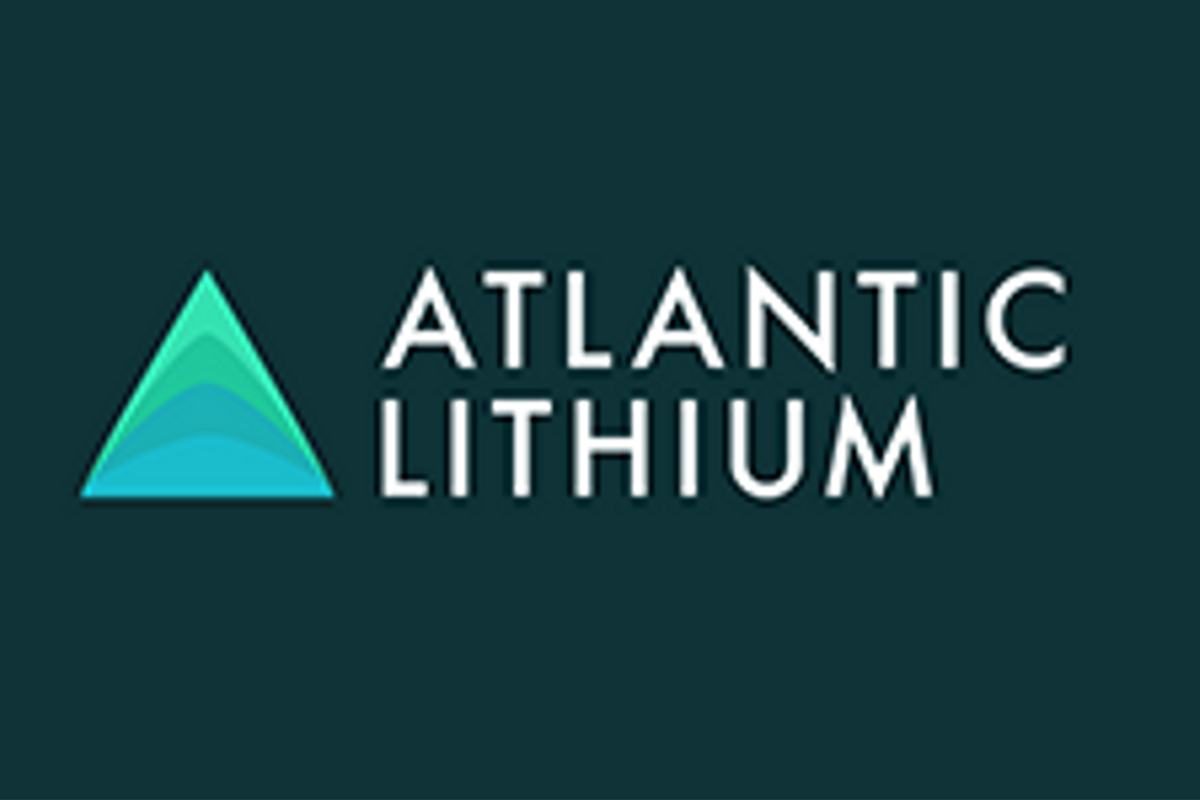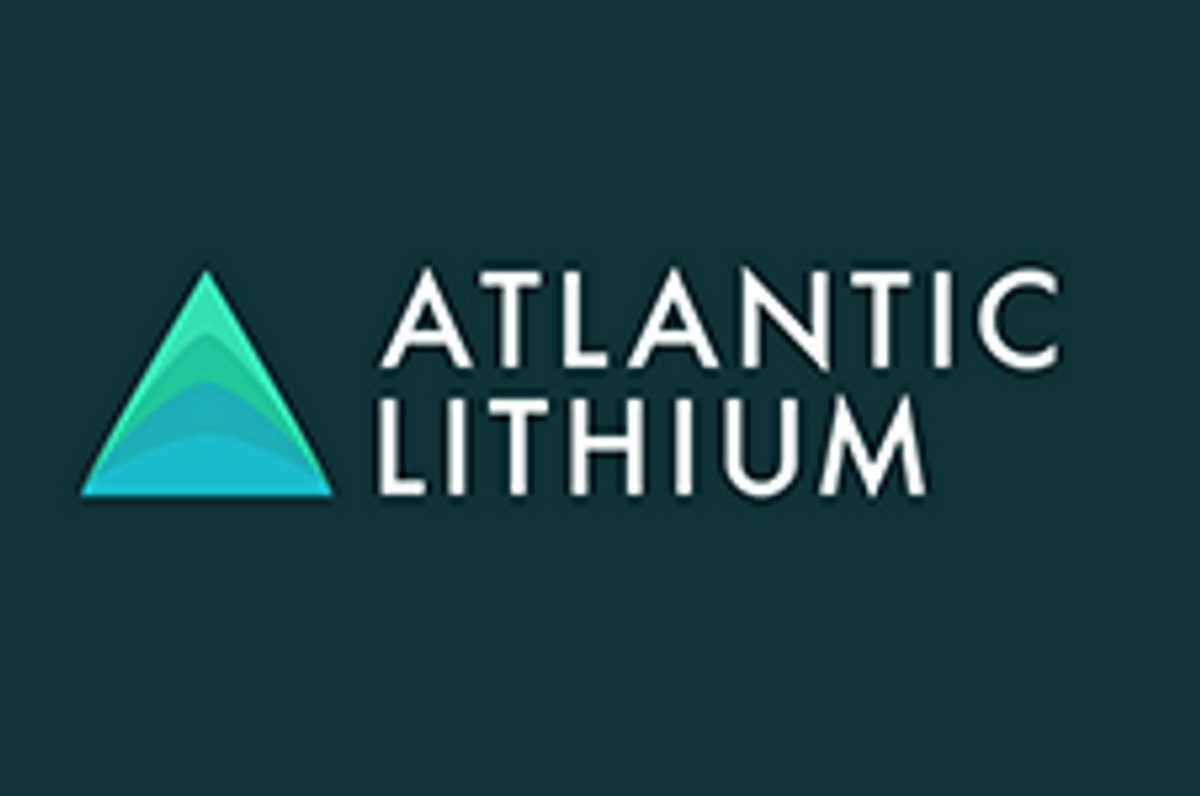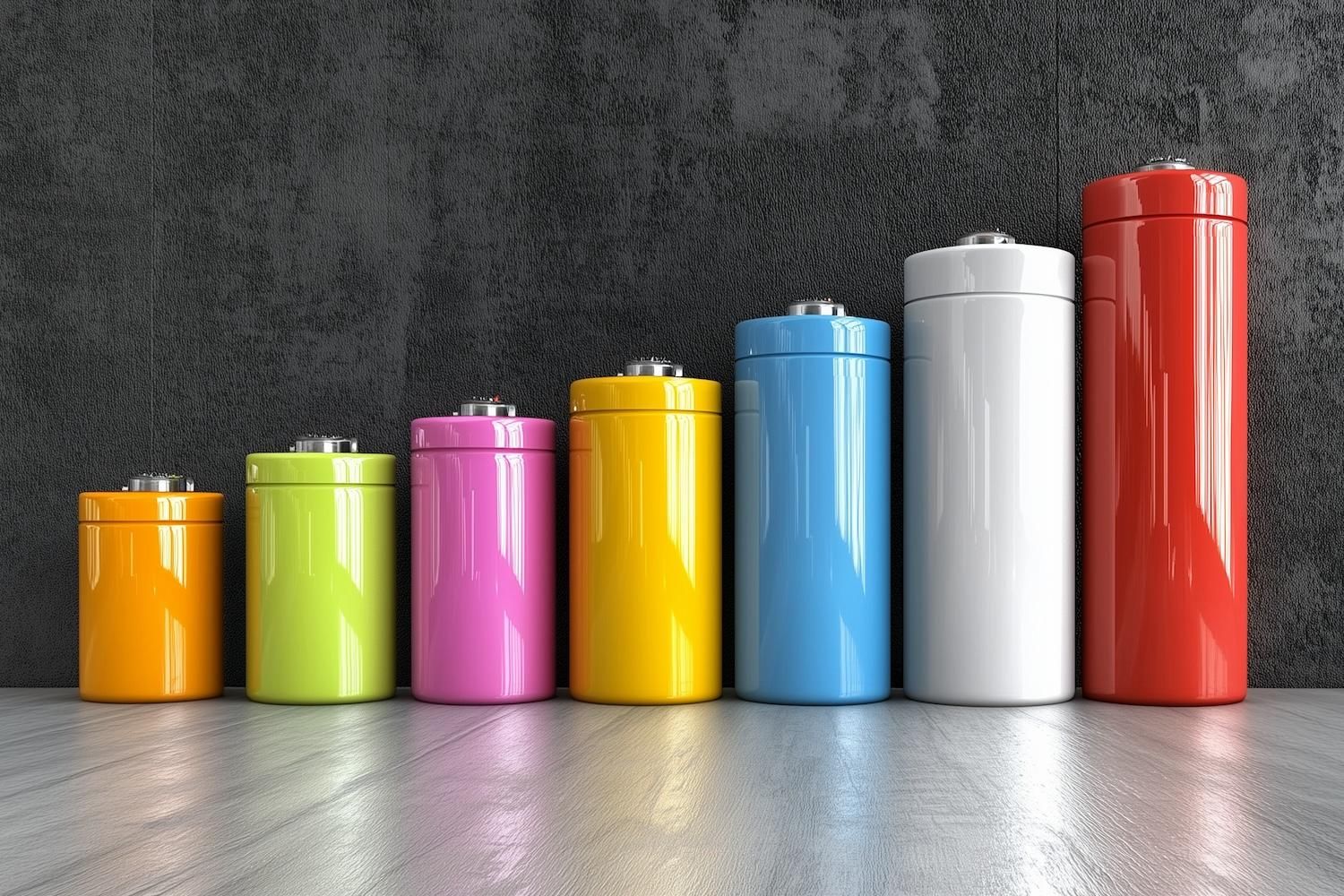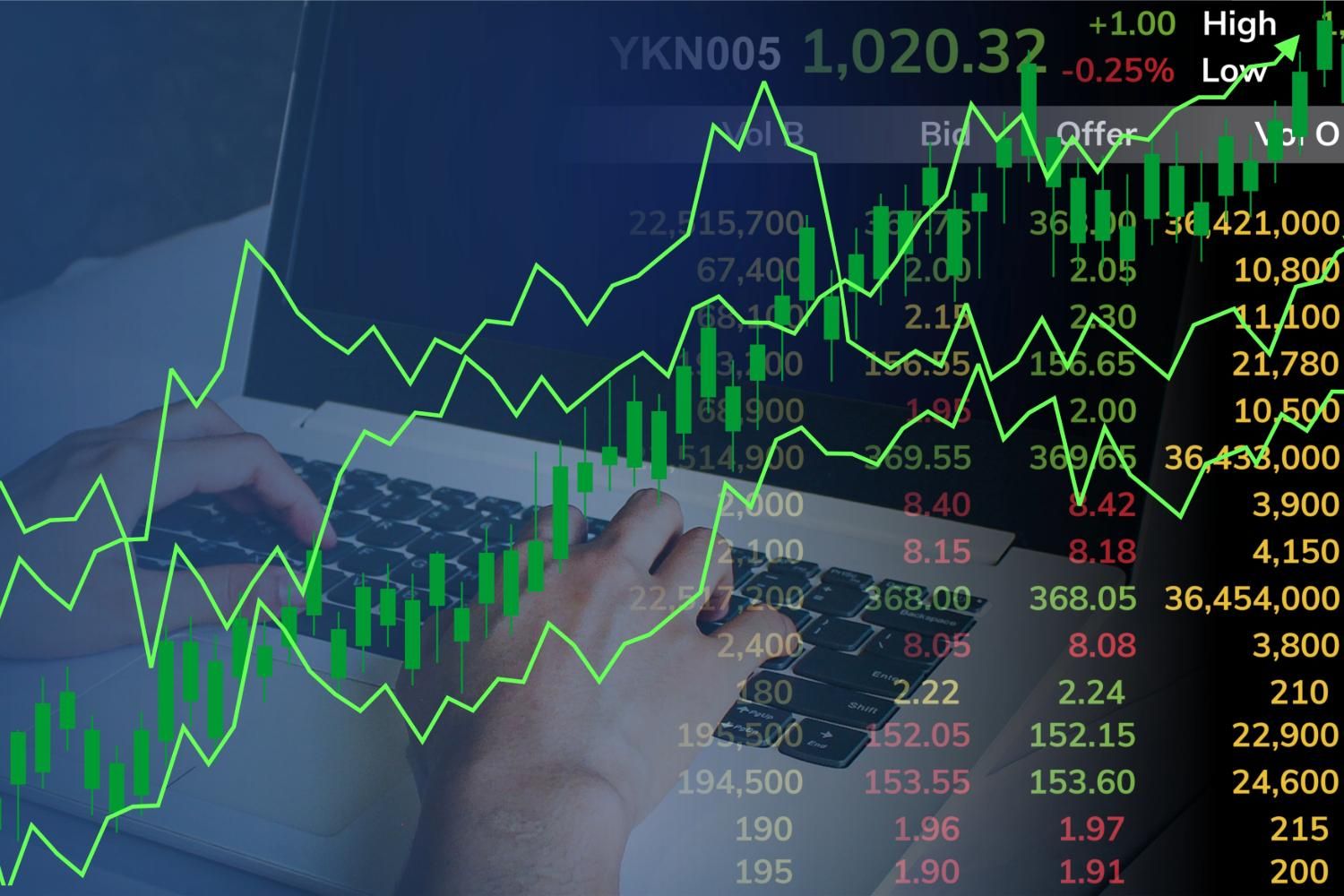
February 04, 2024
83m at 1% Li2O from 36m Returned at Dog-Leg Target
Atlantic Lithium Limited (AIM: ALL, ASX: A11, OTCQX: ALLIF, “Atlantic Lithium” or the “Company”), the African-focused lithium exploration and development company targeting to deliver Ghana’s first lithium mine, is pleased to announce further broad and high-grade assay results from the resource drilling completed during 2023 at the Company’s flagship Ewoyaa Lithium Project (“Ewoyaa” or the “Project”) in Ghana, West Africa.
Highlights:
- Further assay results received for 7,220m of extensional resource reverse circulation (“RC”) drilling completed at Ewoyaa as part of the ongoing 2023/2024 drilling programme.
- Multiple high-grade and broad extensional drill intersections reported at the new Dog-Leg target, Okwesi, Anokyi and Ewoyaa-South 2 deposits outside of the current 35.3Mt @ 1.25% Li2O Ewoyaa Mineral Resource Estimate1 (“MRE” or the “Resource”), including highlights at a 0.4% Li2O cut-off and a maximum 4m of internal dilution of:
- GRC1020: 83m at 1% Li20 from 36m
- GRC1017: 47m at 1.05% Li2O from 87m
- GRC0996: 24m at 1.21% Li2O from 29m
- GRC0994: 11m at 1.9% Li2O from 105m
- GRC1023: 24m at 0.81% Li2O from 159m
- GRC1020: 21m at 0.87% Li2O from 139m
- GRC0989: 12m at 1.49% Li2O from 108m
- GRC0983: 12m at 1.34% Li2O from 38m
- GRC1000: 9m at 1.68% Li2O from 22m
- Results at Dog-Leg are significant; drilling has intersected shallow dipping, near surface mineralised pegmatite bodies with true thicknesses up to 35m outside of the MRE, proving potential for significant resource growth.
- Drilling to recommence shortly; prioritisation of the recently added 3,000m plant site sterilisation programme in support of mine site commissioning, ahead of completion of the remaining 26,500m resource growth and infill programme commenced in 2023.
Commenting on the Company’s latest progress, Neil Herbert, Executive Chairman of Atlantic Lithium, said:
“We are pleased to deliver further impressive assay results from drilling completed in 2023, part of the ongoing programme. These latest results from the new Dog-Leg target, Okwesi, Anokyi and Ewoyaa South-2 deposits have returned multiple high-grade and broad extensional intersections, including 83m at 1% Li2O from 36m and 47m at 1.05% Li2O from 87m at the new Dog-Leg target.
“All reported drilling results fall outside of the current MRE; pertinent in that they occur both within a new mineralised area at the Dog-Leg target and near surface at both the Dog-Leg target and Ewoyaa-South 2 deposit strike extension.
“We are excited to re-commence drilling for the 2024 season with an initial focus on 3,000m of sterilisation drilling at the proposed plant site and then the remaining meterage of the ongoing 26,500m resource drilling programme targeting Resource growth and conversion.
“We look forward to updating shareholders on our ongoing progress, including as remaining assay results for drilling completed during 2023 become available.”
New Drilling Results
Further assay results have been received for 7,720m of RC drilling from the ongoing 2023 drill programme at the Ewoyaa Lithium Project. Broad high-grade extensional drilling results have been reported at the new Dog-Leg target and Okwesi, Anokyi and Ewoyaa South-2 deposits. The reported results sit outside of the current MRE1 (refer Table 1, Table 2, Appendix 1 and Appendix 2).
Further extensional drilling results have defined new mineralisation at the Dog-Leg target and extended mineralisation at depth outside of the current MRE1 at the Okwesi, Anokyi and Ewoyaa-South 2 deposits (refer Figure 1, Figure 2, Figure 3 and Figure 4) respectively, including highlight intersections at a 0.4% Li2O cut-off and a maximum 4m of internal dilution shown in Table 1.
Drilling aims to intersect mineralised pegmatite bodies perpendicular to strike and dip to approximate true width. This is not always achieved due to the variable nature of pegmatites or challenging drill access, with some drill intersections drilled down-dip as apparent widths. Accordingly, estimated true widths are included in the intersections table in Appendix 1.
Click here for the full ASX Release
This article includes content from Atlantic Lithium, licensed for the purpose of publishing on Investing News Australia. This article does not constitute financial product advice. It is your responsibility to perform proper due diligence before acting upon any information provided here. Please refer to our full disclaimer here.
A11:AU

Sign up to get your FREE
Atlantic Lithium Investor Kit
and hear about exciting investment opportunities.
- Corporate info
- Insights
- Growth strategies
- Upcoming projects
GET YOUR FREE INVESTOR KIT
The Conversation (0)
01 May
Atlantic Lithium
Building Ghana’s first lithium mine
Building Ghana’s first lithium mine Keep Reading...
26 November
Long State Funding Update
Atlantic Lithium (A11:AU) has announced Long State Funding UpdateDownload the PDF here. Keep Reading...
31 October
Quarterly Activities/Appendix 5B Cash Flow Report
Atlantic Lithium (A11:AU) has announced Quarterly Activities/Appendix 5B Cash Flow ReportDownload the PDF here. Keep Reading...
20 October
Pronounced Lithium-in-soil Anomalies
Atlantic Lithium (A11:AU) has announced Pronounced Lithium-in-soil AnomaliesDownload the PDF here. Keep Reading...
03 September
Corporate Funding Update
Atlantic Lithium (A11:AU) has announced Corporate Funding UpdateDownload the PDF here. Keep Reading...
31 July
Quarterly Activities/Appendix 5B Cash Flow Report
Atlantic Lithium (A11:AU) has announced Quarterly Activities/Appendix 5B Cash Flow ReportDownload the PDF here. Keep Reading...
18h
Battery Storage Market Surging as Electricity Demand Enters New Era
Speaking at Benchmark Week, Iola Hughes, head of battery research at Benchmark Mineral Intelligence, outlined a market that is undergoing “very strong growth" and becoming indispensable to energy security.Hughes described energy storage as the fastest-growing segment in the battery sector today.... Keep Reading...
18h
Inside Billionaire Gina Rinehart's Key Mining Investments
Australian billionaire Gina Rinehart has become a formidable force in the global mining industry. After taking the helm of her father’s iron ore firm Hancock Prospecting in 1993, she embarked upon a diversification strategy that has vastly expanded her resource empire. Now Australia’s richest... Keep Reading...
24 November
CATL Reportedly Plans to Restart Key Chinese Lithium Mine By December
Contemporary Amperex Technology (SZSE:300750,OTC Pink:CTATF) is preparing to restart its Jianxiawo lithium mine in Jiangxi province as soon as early December, industry sources familiar with the matter told Bloomberg.The sources, who declined to be named, said CATL has asked suppliers and... Keep Reading...
24 November
Liontown Resources’ Spodumene Auction Attracts Nine Countries
Liontown Resources (ASX:LTR,OTC:LINRF) held its first digital spot sales auction for 10,000 wet metric tonnes of spodumene concentrate from its Kathleen Valley lithium operations in Western Australia.The auction, attracting over 50 buyers from nine countries, was conducted on Metalshub, a... Keep Reading...
21 November
Top 5 Canadian Mining Stocks This Week: Sigma Lithium Flips the Switch with 64 Percent Gain
Welcome to the Investing News Network's weekly look at the best-performing Canadian mining stocks on the TSX, TSXV and CSE, starting with a round-up of Canadian and US news impacting the resource sector.Statistics Canada released October’s consumer price index (CPI) data on Monday (November 17).... Keep Reading...
18 November
Ganfeng Chairman’s Forecast Sparks Lithium Price Surge in China
China’s lithium market strengthened sharply on Monday (November 17) after Ganfeng Lithium (OTC Pink:GNENF,HKEX:1772) Chairman Li Liangbin said at a domestic industry conference that demand for the key battery metal could grow by as much as 40 percent in 2026.The most-traded lithium carbonate... Keep Reading...
Latest News

Sign up to get your FREE
Atlantic Lithium Investor Kit
and hear about exciting investment opportunities.
- Corporate info
- Insights
- Growth strategies
- Upcoming projects
GET YOUR FREE INVESTOR KIT
Latest Press Releases
Related News
TOP STOCKS
American Battery4.030.24
Aion Therapeutic0.10-0.01
Cybin Corp2.140.00







